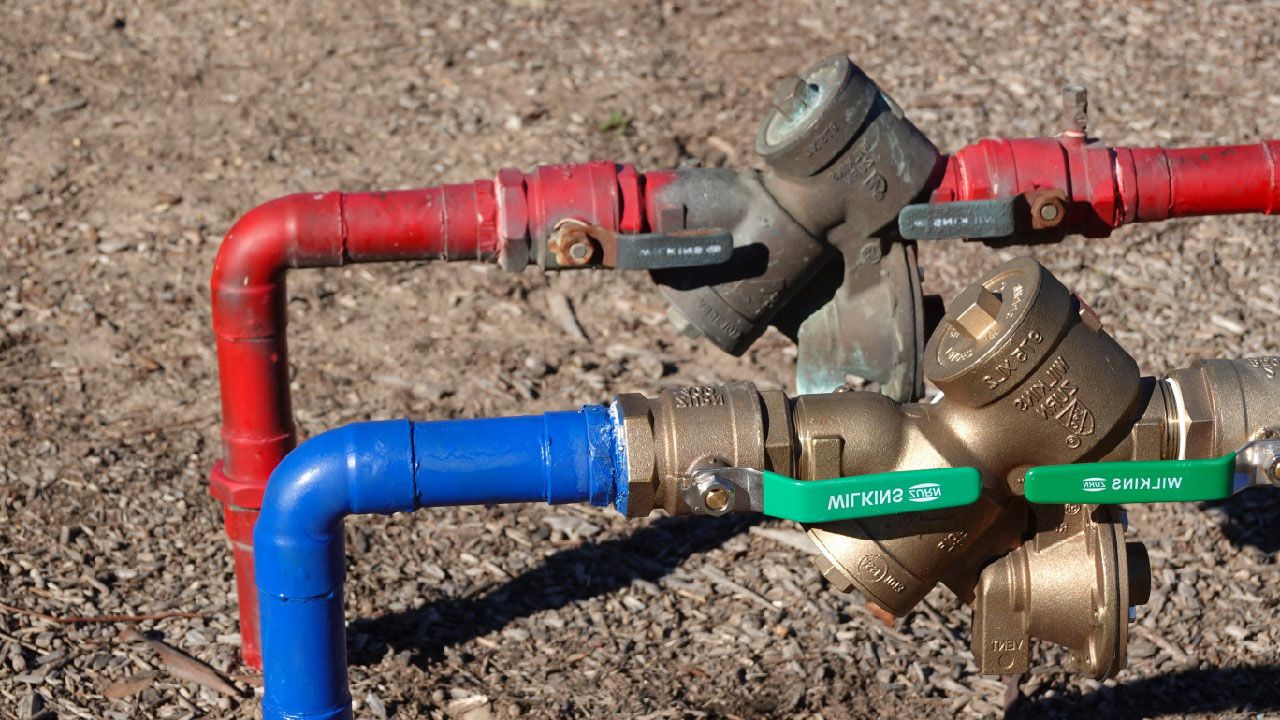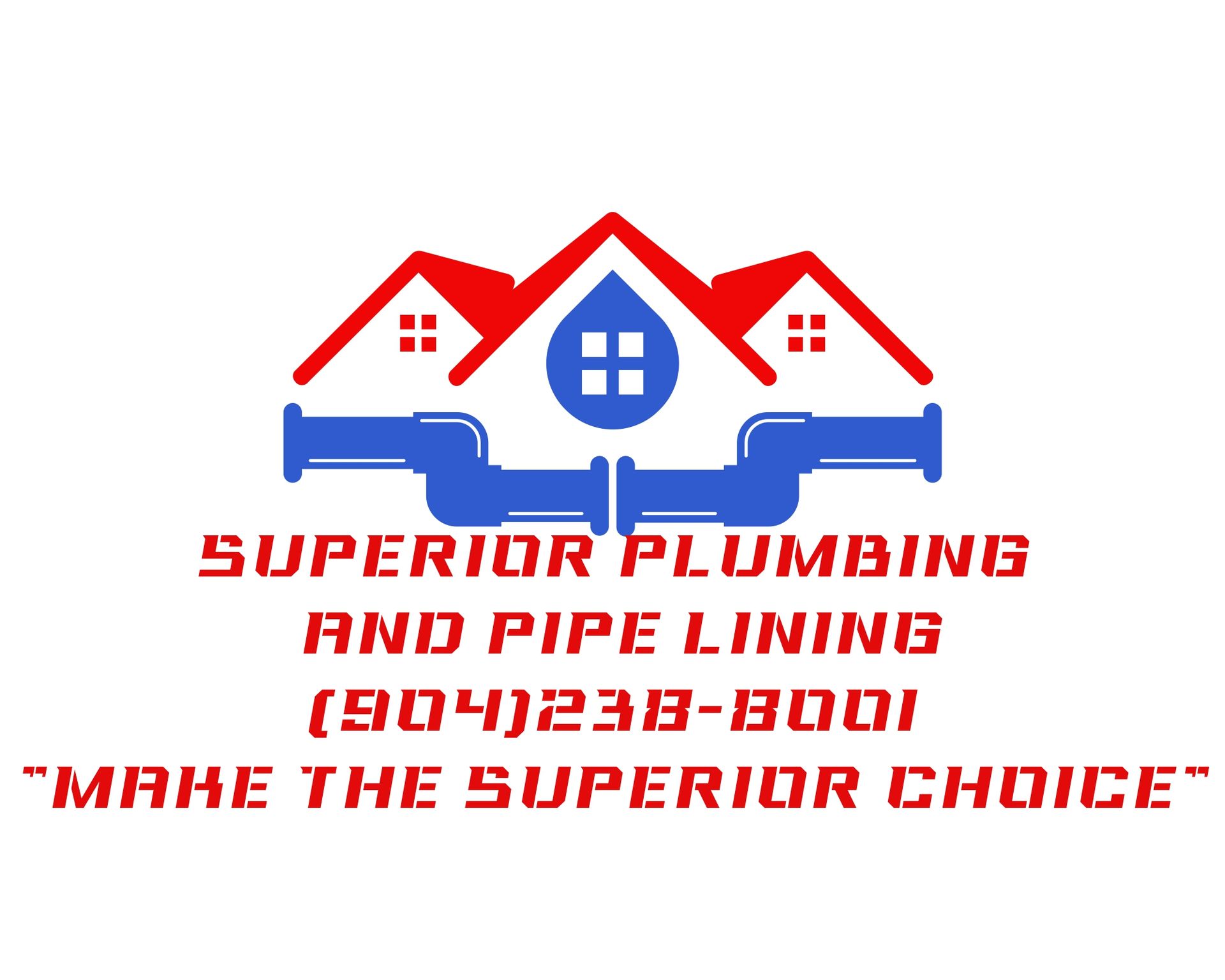
What Is Backflow Prevention in Plumbing?
When you think about the most important parts of your plumbing system, you probably imagine pipes, faucets, or water heaters. But there's a hidden hero that plays a crucial role in protecting your health and your home: backflow prevention.
Backflow prevention isn’t just a technical detail—it’s essential for keeping your water supply clean, safe, and uncontaminated.
In this post, we’ll dive deep into what backflow is, why prevention matters, the types of backflow prevention devices available, and how professional plumbers, like the experts at Superior Plumbing, can help safeguard your home or business.
What Is Backflow?
Backflow occurs when water flows in the reverse direction through your plumbing system. Instead of clean, potable water moving into your home from the municipal water supply, contaminated water can flow back into the main water lines. This reversal can introduce dangerous pollutants, chemicals, or bacteria into your drinking water—posing serious health risks.
Backflow typically happens under two conditions:
- Backpressure: When the pressure within your plumbing system exceeds the pressure of the clean water supply. This can happen if, for instance, a boiler or pump creates higher pressure inside your system.
- Backsiphonage: When there’s a sudden drop in the water pressure on the supply side, such as during a water main break or when firefighters use a hydrant nearby. The reduction in pressure can siphon contaminated water backward into the clean supply.
Both scenarios make backflow prevention critical for both residential and commercial plumbing systems.
Why Is Backflow Prevention Important?
Your drinking water must be free of contaminants like fertilizers, pesticides, human waste, chlorine, and other harmful substances. Without a backflow prevention system, there’s a risk these contaminants could infiltrate your home’s water supply—leading to:
- Serious health hazards for you and your family.
- Costly plumbing repairs caused by corrosion or damage from chemical contamination.
- Legal issues if your property affects the municipal water system.
- Violation of local codes and regulations—most cities and towns require some form of backflow prevention, especially for businesses or properties with irrigation systems, fire sprinklers, or industrial equipment.
In short, backflow prevention isn’t just a recommendation. It’s a necessity.
Common Types of Backflow Prevention Devices
There are several devices designed to prevent backflow, each suited for different applications and levels of risk.
Here’s an overview of the most common types:
- Air Gap. An air gap is the simplest and most reliable form of backflow prevention. It’s a literal open, vertical space between a water outlet (like a faucet) and the flood level of a fixture (like a sink). Since air acts as a barrier, it’s impossible for contaminated water to flow back into the supply.
- Atmospheric Vacuum Breaker (AVB). An AVB is a simple device typically installed on pipes or faucets, especially in irrigation systems. It prevents backsiphonage by allowing air into the system if negative pressure occurs, breaking the siphon effect.
- Pressure Vacuum Breaker (PVB). A PVB works similarly to an AVB but can handle higher pressures and is typically installed in outdoor irrigation systems. It features a spring-loaded valve that seals under pressure but opens when pressure drops to prevent backflow.
- Double Check Valve Assembly (DCVA). A DCVA consists of two independent check valves, providing a backup in case one fails. It’s suitable for systems where the risk of contamination is considered moderate, such as commercial properties without hazardous chemicals.
- Reduced Pressure Zone (RPZ) Assembly. An RPZ assembly is the most advanced and reliable backflow preventer. It’s specifically designed for high-hazard situations where contaminants could pose serious health risks. RPZs use two check valves with a pressure-monitored intermediate chamber that drains any leakage away from the potable supply.
How Do You Know If You Need a Backflow Preventer?
In some cases, building codes make it clear that certain properties must have backflow prevention devices. However, if you aren’t sure, here are a few signs that you should talk to a professional plumber about backflow protection:
- You have a sprinkler or irrigation system.
- Your property has a swimming pool or hot tub connected to the water supply.
- You operate a commercial business that uses chemicals or large boilers.
- You’ve experienced recent plumbing repairs or water main breaks in your neighborhood.
- You want peace of mind that your family’s water is safe and secure.
Additionally, most municipalities require annual testing and certification of backflow prevention devices. So, even if you already have one installed, it’s important to ensure it’s functioning properly.
Signs Your Backflow Preventer Might Be Failing
Even the best backflow preventers can fail over time due to wear and tear, freezing temperatures, debris, or mechanical issues.
Watch for these warning signs:
- Water leaks around the backflow device.
- Decreased water pressure throughout your home.
- Water that looks, smells, or tastes odd.
- Visible corrosion or rust on plumbing fixtures.
If you notice any of these issues, it's crucial to call a licensed plumber immediately.
Why Choose Superior Plumbing for Backflow Prevention?
At Superior Plumbing, we take your water safety seriously.
Our licensed, experienced plumbers provide:
- Expert installation of backflow prevention devices.
- Annual inspections, testing, and certification services.
- Repairs and replacements for malfunctioning systems.
- Tailored solutions based on your specific property and risk factors.
- Professional advice and compliance with all local regulations.
Protecting your drinking water isn’t something you should ever leave to chance. That’s why homeowners and businesses across the area trust Superior Plumbing for top-notch service and peace of mind.
Safeguard Your Water Supply Today!
Don’t wait until contaminated water becomes a problem. Whether you need a new backflow prevention device, an inspection, or a repair, Superior Plumbing is ready to help. Our team of certified professionals will ensure your system is up to code and your water remains pure and safe.
Contact Superior Plumbing today to schedule your backflow prevention service!
